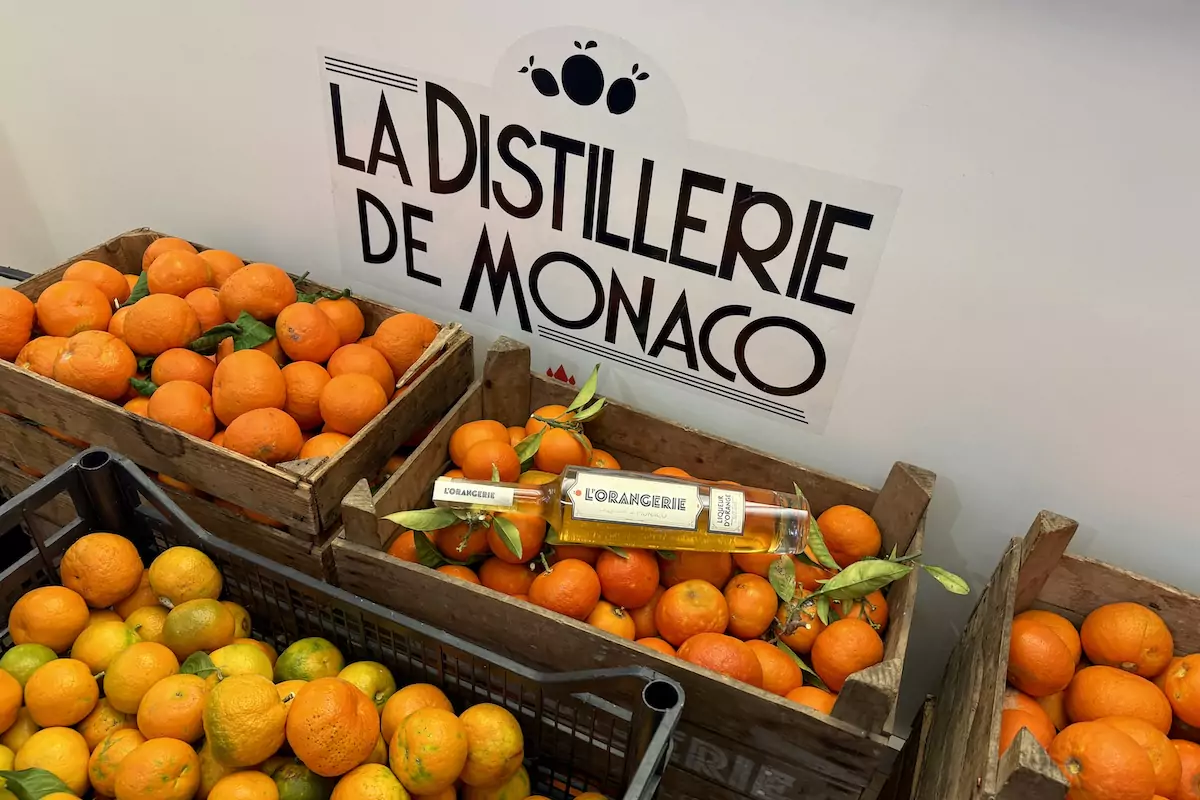In the heart of Monaco, where luxury and heritage intertwine, an age-old tradition is experiencing a renaissance thanks to the innovative spirit of entrepreneur Philip Culazzo. His venture, La Distillerie de Monaco, is transforming the Principality’s abundant bitter oranges into a premium liqueur, L’Orangerie, capturing the essence of Monaco’s rich agricultural past.
Long before Monaco became synonymous with opulence and the Formula 1 Grand Prix, it was a land deeply rooted in agriculture. The fertile grounds of the Principality were adorned with citrus groves, and the bitter orange, or bigaradier, held a place of prominence. These oranges were not merely ornamental; they played a vital role in the local economy. Historical records suggest that locals utilised the fruit as a form of currency, trading them for goods brought by passing merchant ships.
Today, the legacy of this agricultural heritage persists. The Principality is home to over 1,100 citrus trees, with 516 of them being bitter orange trees. These trees, many of which are owned and maintained by the Princely family, line the streets of districts such as Condamine, Moneghetti and Monte-Carlo, standing as living testaments to Monaco’s enduring connection to its agrarian roots.
“When I came to Monaco, I quickly realised I wasn’t going to be opening a vineyard or making wine,” says Irish-Italian entrepreneur Philip Culazzo. “Unfortunately, two square metres just isn’t enough land for that. So I started looking for something I could create in Monaco.”
That search led him to the citrus trees that had been part of Monaco’s landscape for centuries.
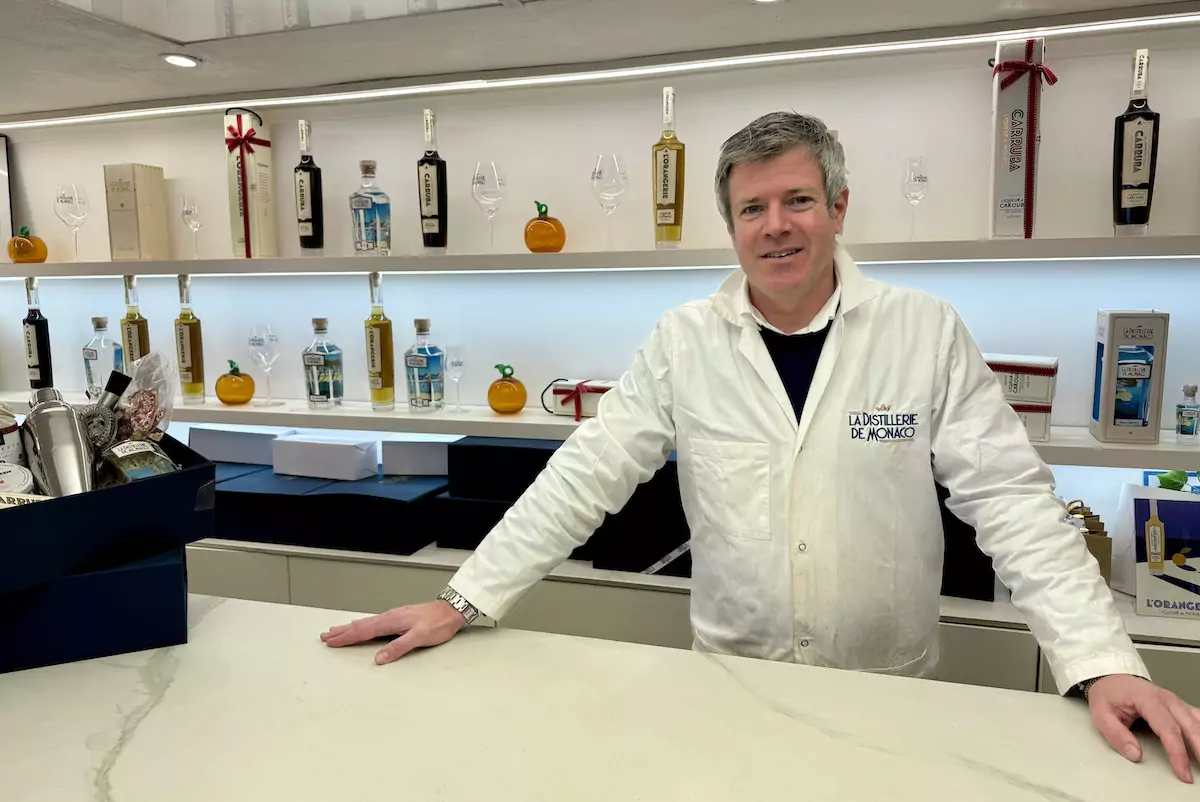
The annual harvest: a bumper crop
Every January and February, gardeners from Monaco’s Department of Urban Amenities undertake the meticulous task of pruning and harvesting the bitter oranges. In 2024, this effort yielded an impressive 11.14 tonnes of fruit, a testament to both the favourable climatic conditions and the diligent care bestowed upon these trees. Of this harvest, 4.45 tonnes were generously distributed to local residents and organisations, including the Lycée Rainier III, where the fruit is transformed into jams and jellies.
The remaining bounty finds its way to La Distillerie de Monaco. Culazzo and his team receive around 500 kilograms of bitter oranges daily during the harvest season. This year, the harvest has been particularly exceptional, with the oranges reaching remarkable sizes and juiciness, attributed to the abundant rainfall in 2024.
“You can see they’re quite perfect,” Culazzo says, holding one of the season’s massive oranges. “The trees usually produce between eight and 10 tonnes of fruit. But this year, it’s closer to 15 or 16 tonnes because of all that rain.”
The larger, juicier fruit has translated into an extraordinary production season for the distillery, with the potential to yield up to 50,000 bottles of L’Orangerie.
“We’ve just been amazed by the amount of fruit coming in this season,” Culazzo adds.
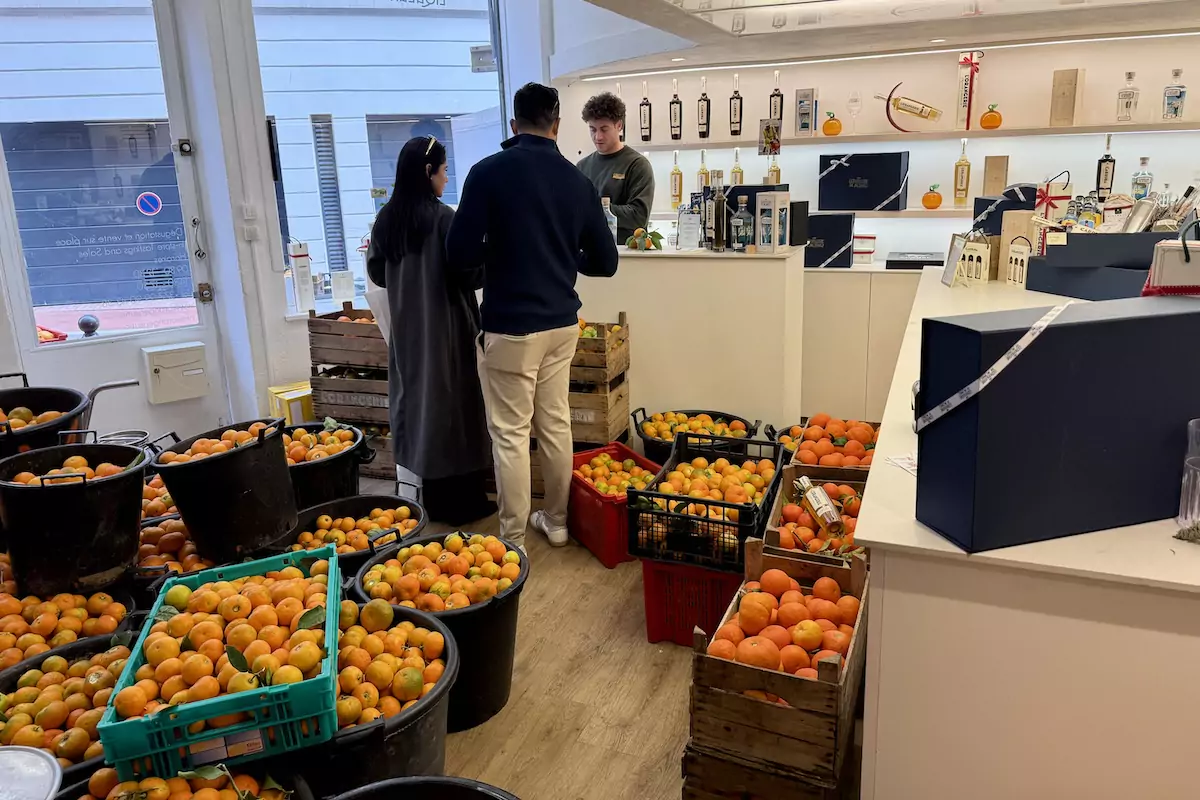
From tree to bottle: crafting L’Orangerie
At La Distillerie de Monaco, the journey from tree to bottle is a labour of love, embracing artisanal methods and sustainability. The process begins with government workers handpicking the oranges, followed by a gentle cleaning at the distillery using a light disinfectant to ensure purity.
“The fruit itself is completely natural—no pesticides are used in Monaco,” explains Culazzo. “They’re checked, scrubbed, and then placed here at the peeling station.”
The zest is meticulously removed and macerated to release essential oils and vibrant colour, forming the base of L’Orangerie. Meanwhile, the juice is fermented and distilled into an eau-de-vie, which has yet to be released to the public. The entire operation ensures that every usable part of the fruit is transformed into a premium product, with minimal waste.
“When we say handmade, we really mean handmade,” says Culazzo. “From tree to bottle, the process is extremely short—the closest tree is just 50 metres away. All the oranges are picked by hand, washed by hand, peeled individually and juiced manually.”
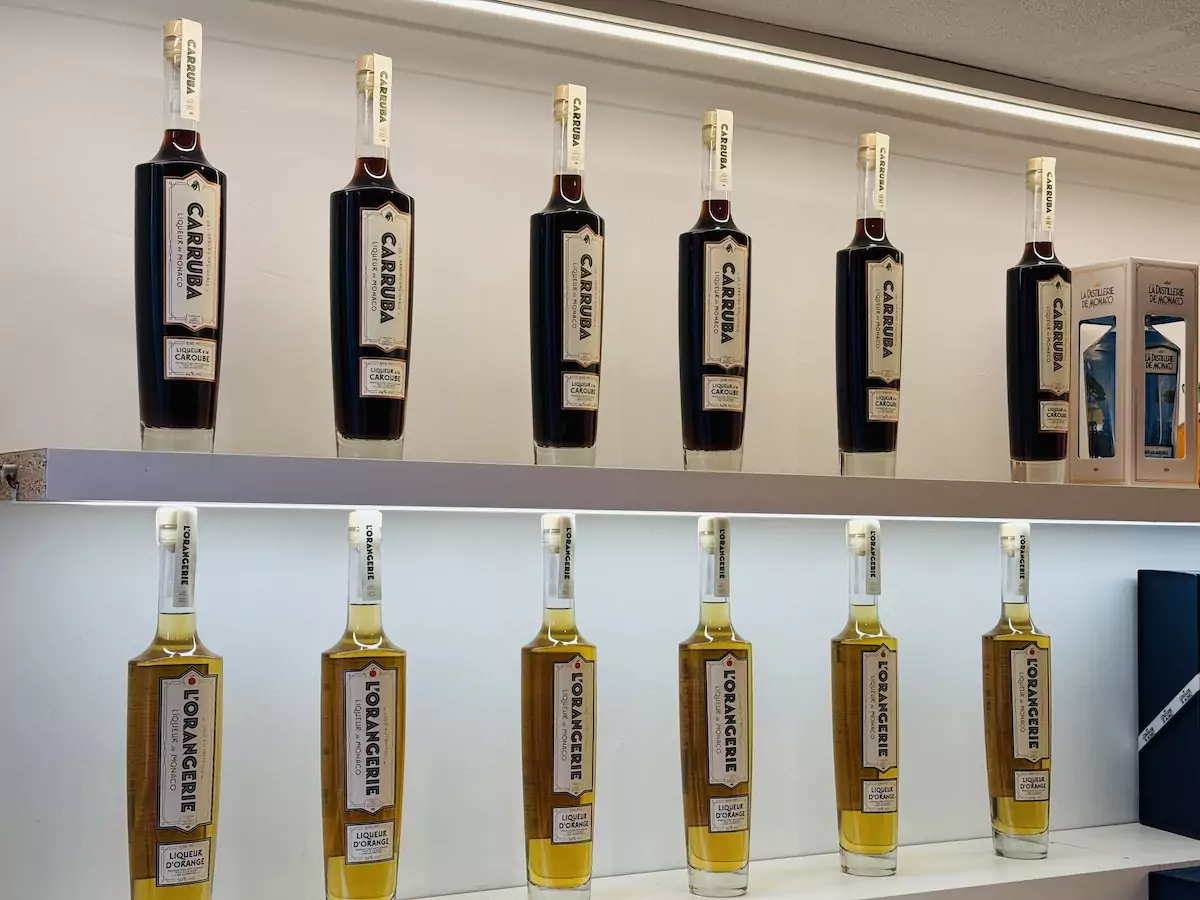
Beyond oranges: a taste of Monaco in every bottle
In addition to L’Orangerie, La Distillerie de Monaco has expanded its portfolio with other distinctive spirits and gourmet products, all crafted with the same commitment to authenticity and local ingredients. The carob liqueur, made from Monaco’s national tree, is a unique creation with deep historical roots.
“More or less, the carob saved the Monaco population from starvation,” Culazzo explains, referring to a famine in the 1800s when locals relied on carob as a staple food. The liqueur offers rich, complex flavours reminiscent of coffee, chocolate and caramel, making it a versatile ingredient for cocktails like an elevated Irish coffee or an apple-based martini.
The distillery also produces a gin, infused with citrus and Mediterranean botanicals, including locally sourced ingredients. Beyond spirits, La Distillerie de Monaco has ventured into gourmet products such as marmalade, which contains a touch of their orange liqueur for added depth, and handcrafted chocolates infused with their signature flavours. These products allow people to experience Monaco’s terroir in new and unexpected ways.
Whether sipping L’Orangerie straight like a limoncello, mixing it into a Monaco Spritz with prosecco or using the carob liqueur in a creative cocktail, each offering from the distillery is a celebration of the Principality’s heritage in a bottle.
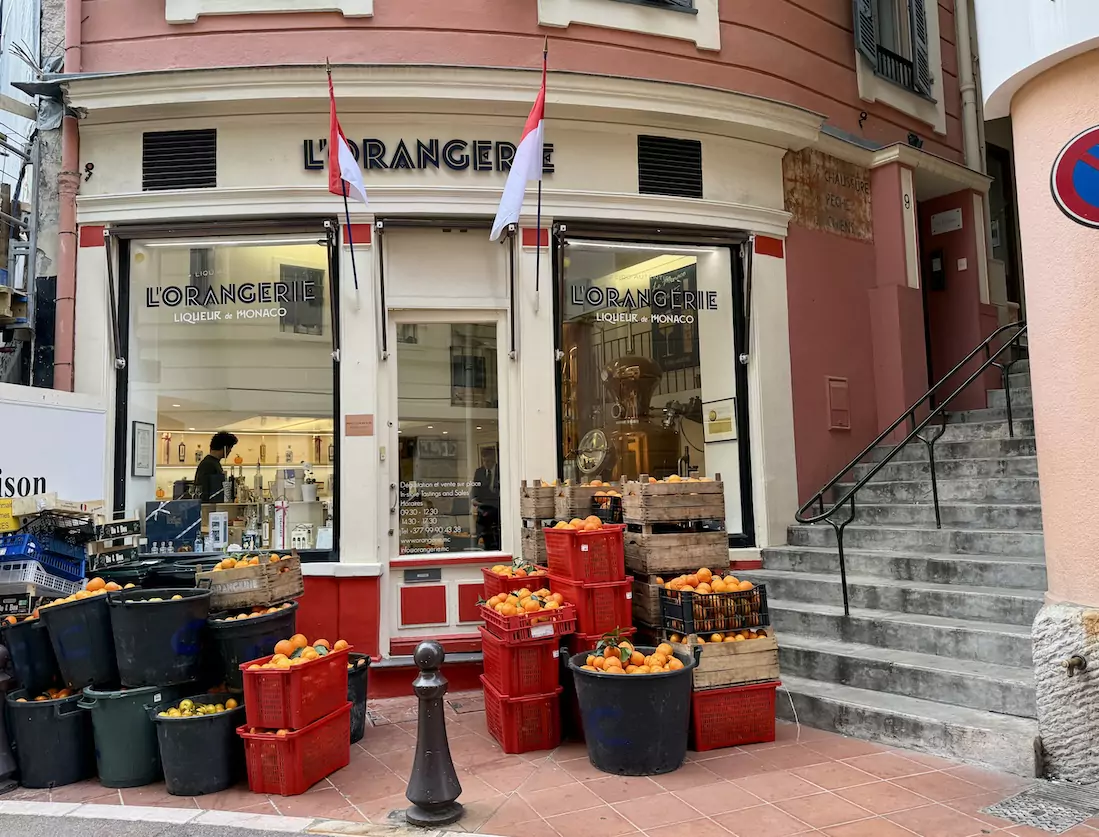
A truly Monaco-made spirit
More than just a drink, L’Orangerie is a tribute to Monaco’s past, a celebration of its present and a vision for a sustainable future. By repurposing a local resource that would otherwise go to waste, Culazzo has not only created a signature Monegasque product but has also revived a connection to the Principality’s agricultural roots.
“This fruit is literally coming from trees rooted in Monaco’s ground,” he says. “It’s harvested and processed right here, turned into something that truly comes from Monaco.”
In a world where sustainability and heritage are increasingly valued, La Distillerie de Monaco offers a compelling narrative of how a small Principality can make a significant impact, one bitter orange at a time.
See more in Cassandra Tanti’s video reel below…
View this post on Instagram
Monaco Life is produced by real multi-media journalists writing original content. See more in our free newsletter, follow our Podcasts on Spotify, and check us out on Threads, Facebook, Instagram, LinkedIn and Tik Tok.
Main photo by Cassandra Tanti, Monaco Life
